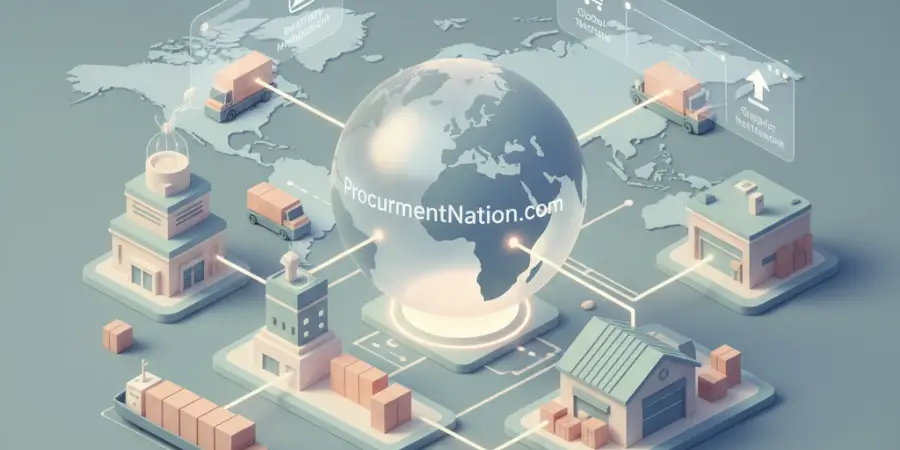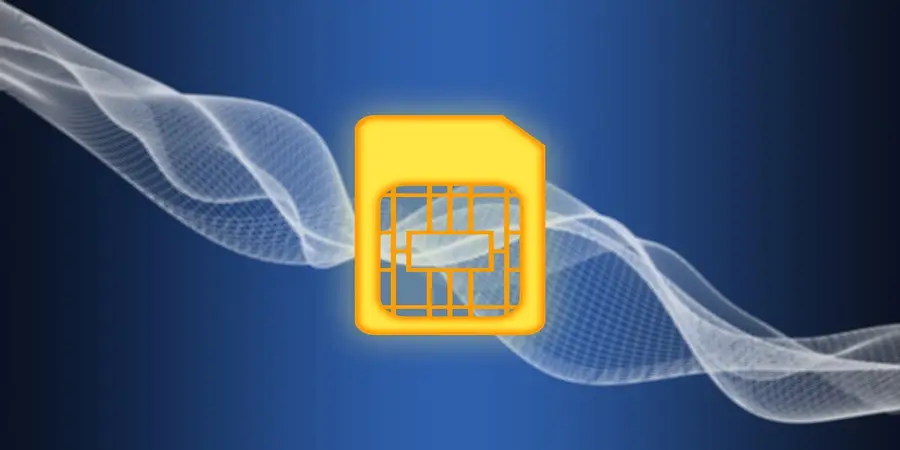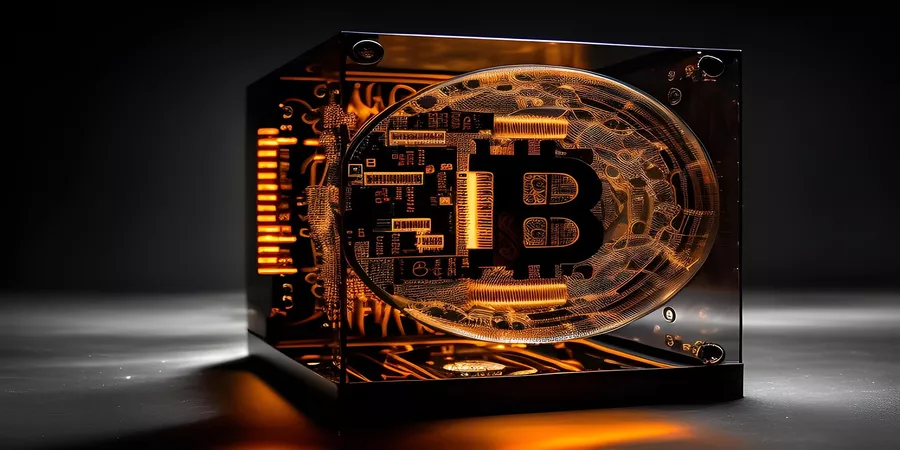Delayed payments are a major problem in B2B relations, especially in the SME sector. Creditors often rely on the debtor’s goodwill, but the longer they wait, the lower the chances of recovering money – especially since claims in commercial transactions become time-barred after 3 years (Article 118 of the Civil Code). Failure to pay on time, ignored contact, or empty promises of an imminent transfer should prompt action. In such cases, it is worth issuing a payment demand and preparing for further steps. The creditor also has specific tools at their disposal: statutory interest for delay in commercial transactions and a lump sum compensation for collection costs – a minimum of 40 euros (Article 10 of the Act of March 8, 2013). The faster the entrepreneur reacts, the greater the chance of effective debt recovery – before the matter becomes a costly court case.
Amicable Stage
Amicable debt collection is not only a gesture of goodwill but often also an obligation. In commercial cases, the court may charge the plaintiff with costs if they did not try to resolve the dispute amicably first (Article 458¹² of the Code of Civil Procedure). The first step should be a written demand for payment – with details of the parties, amount, basis of the claim, deadline, and account number. It is worth sending it with confirmation of dispatch and receipt – which may serve as evidence in court. If the debtor does not dispute the debt, negotiations are possible: installments, interest waiver, or settlement. An alternative is mediation – faster and cheaper than a trial. In any scenario, it is advisable to document correspondence: demands, emails, notes from conversations. Such documentation shows the creditor’s good faith and strengthens their position in case of a trial.
Judicial Proceedings – When Amicability Fails
Although amicable actions are often effective and less costly, not every debtor responds to demands or settlement proposals. When silence persists and payment is not made, the entrepreneur must consider taking the matter to court. A quick reaction can be crucial, especially considering prescription periods and the real chance of recovering money before the debtor loses solvency.
In payment cases, three simplified procedural modes are available:
- Payment Order Proceedings (Articles 484¹–497 of the Code of Civil Procedure) This is the fastest and most effective mode, but only if the creditor has documents of particular evidential strength. These may include:
- A promissory note (own or bill of exchange),
- Debtor’s acknowledgment of debt (e.g., a signed agreement or email),
- An accepted invoice or confirmation of invoice delivery and non-payment,
- An official document confirming the existence of the obligation. In such a case, the court issues a payment order without a hearing, in a closed session. The order reaches the debtor, who has 14 days to file objections. Importantly – they must pay a fee equal to ¾ of the standard court fee for the complaint, which is a psychological and financial barrier for some debtors. If they do not respond – the order becomes final and can be immediately enforced.
- Injunction Proceedings (Articles 498–505 of the Code of Civil Procedure) This mode is an alternative when we do not have documents meeting the requirements of payment order proceedings, but the claim is not disputed and has been well documented (e.g., invoices, contract, payment demands). The court also issues a payment order without a hearing, but the defendant can file an objection without any fees. If an objection is filed, the case proceeds to the ordinary trial path. However, if the defendant does not respond – the order becomes final and constitutes an enforcement title.
- Electronic Payment Order Proceedings (EPU) (Articles 505^28–505^39 of the Code of Civil Procedure) EPU is an ideal solution for simple cases – e.g., unpaid B2B invoices, without reservations as to content or amount. The complaint is filed exclusively online, via the e-court portal. Advantages of this mode:
- Low costs – court fee is only 1.25% of the dispute value,
- Short waiting time – payment orders are sometimes issued within a few weeks,
- No need to participate in a hearing, unless the debtor files an objection. However, it is worth remembering that EPU is not suitable for complex cases, with the need to present evidence in paper form or with a high risk of objection.
Importantly – every complaint, regardless of the mode – should include information about attempts made to resolve the dispute amicably (Article 187 §1 item 3 of the Code of Civil Procedure). Its absence, in the case of commercial matters, as previously mentioned – may result in the plaintiff being charged with procedural costs, even if they win (Article 458¹² of the Code of Civil Procedure). Therefore, documenting prior actions (payment demands, correspondence, settlement proposals) not only increases the effectiveness of debt collection but also protects against procedural risk.
What After the Judgment?
Obtaining a final payment order or judgment is only half the battle. The key is its enforcement – that is, converting the ruling into real debt recovery. Too many creditors lose momentum at this stage, while a quick reaction increases the chances of recovering funds before the debtor takes actions to hinder enforcement.
After obtaining an enforcement clause for a court ruling, the case can be referred to a bailiff. The enforcement application should include:
- Debtor’s details,
- Claim amount with interest and costs,
- Proposal for enforcement methods – e.g., from a bank account, salary, movables, real estate. The more information the creditor provides to the bailiff, the faster and more effectively they can act. Therefore, it is advisable to gather data on the debtor’s assets even before initiating enforcement – often already during commercial cooperation (addresses, account numbers, fleet, business locations, data from KRS or CEIDG).
The bailiff has a wide range of tools, including:
- Seizure of bank accounts and salaries,
- Auctions of movable property (equipment, vehicles) and real estate – also in the form of electronic auctions,
- Inquiries to ZUS, CEPIK, banks, tax offices. Thanks to the digitization of enforcement, many actions now take place faster than just a few years ago – but the condition for effectiveness is good information about the debtor’s assets.
If the debtor does not repay the obligation despite a final judgment, it is worth using out-of-court tools, e.g., an entry in BIG, KRD. Such an entry:
- Can negatively affect the debtor’s creditworthiness,
- Limits their contractual capabilities,
- Often acts as a motivator, because the debtor wants to “clean up” their history before new contracts.
Debt enforcement is a process that requires not only determination but also knowledge of procedures and regulations. Well-conducted debt collection – from the first demand to bailiff enforcement – can determine the survival of smaller enterprises.
Therefore, more and more companies are opting for the support of a law firm with experience in debt collection in Poland – both at the pre-litigation stage and in full service of enforcement proceedings.
















